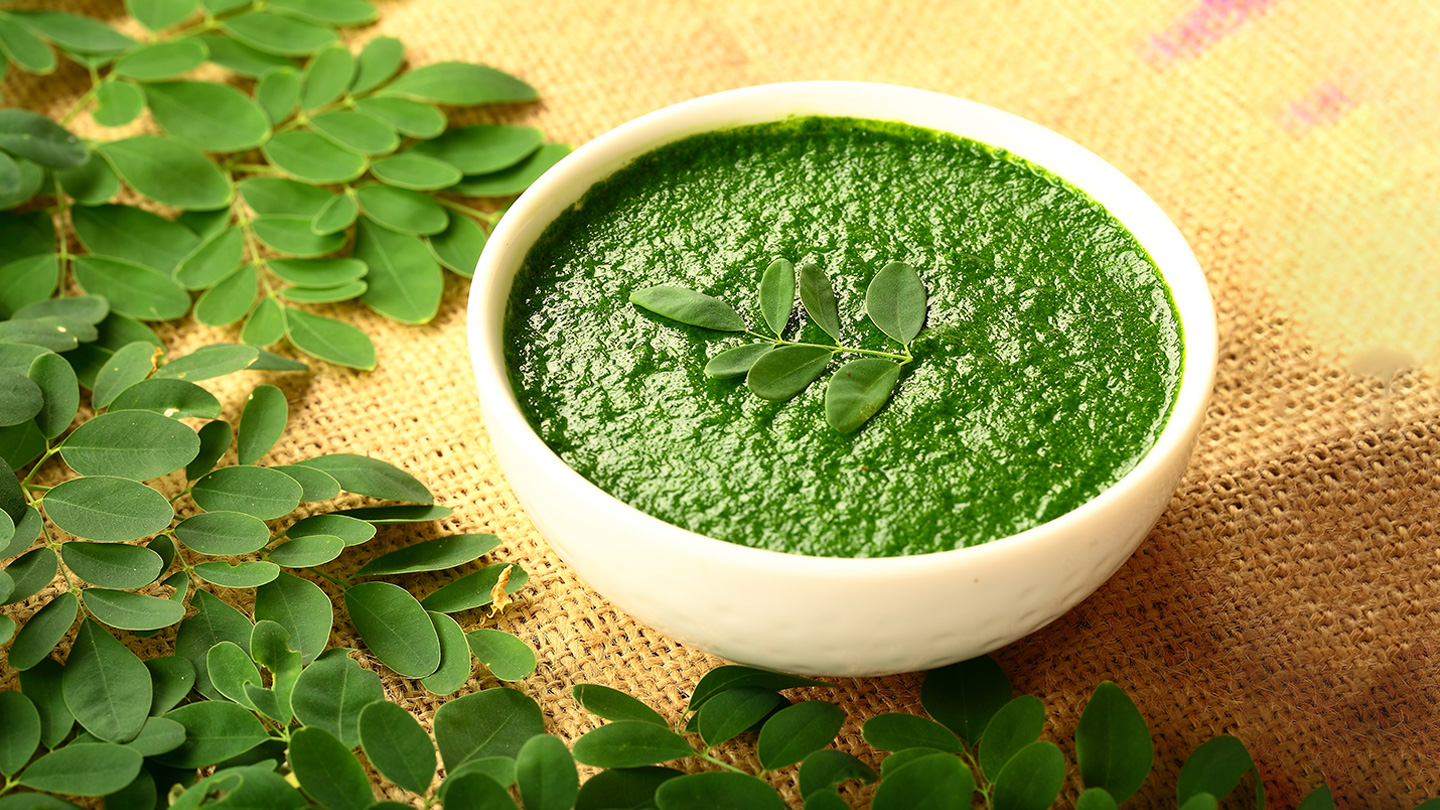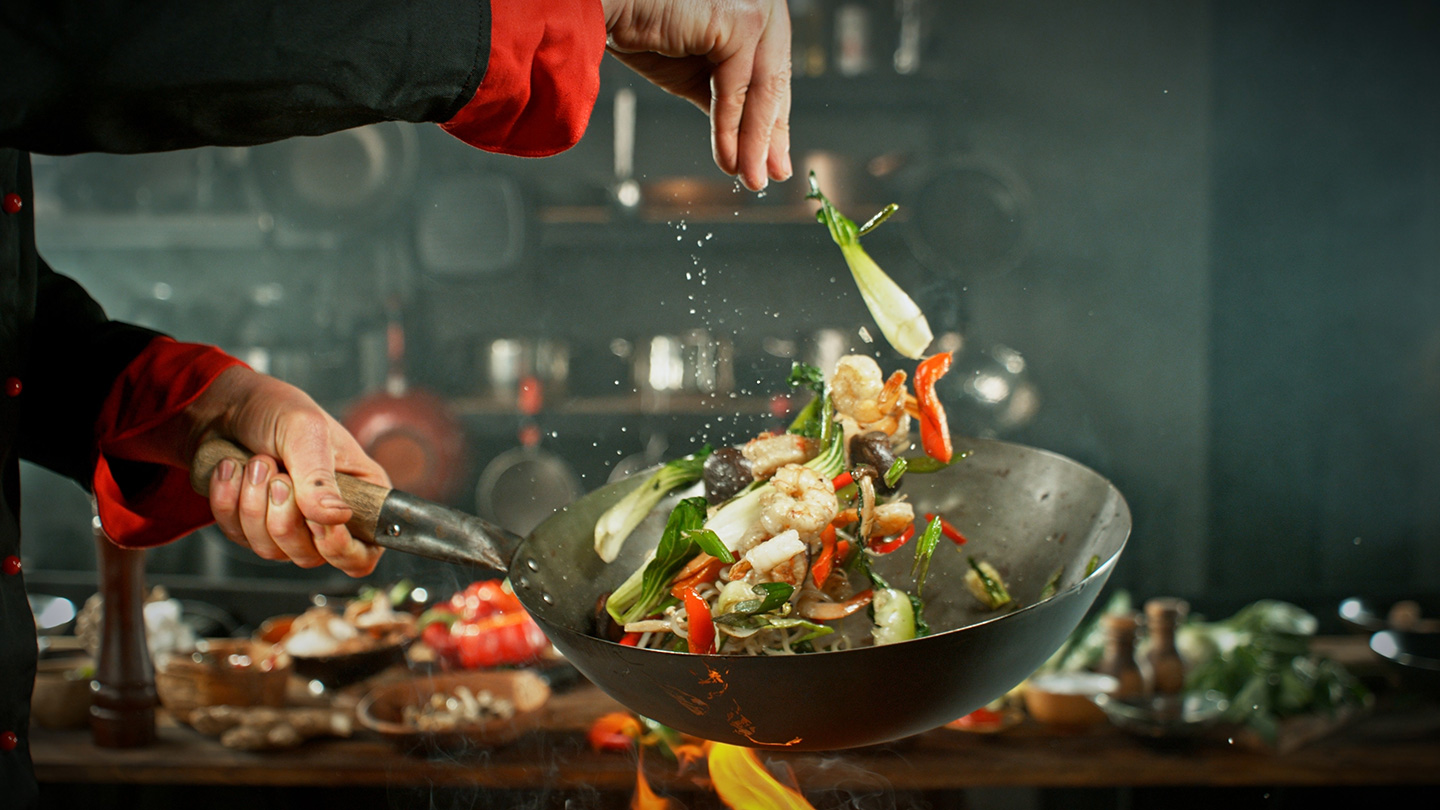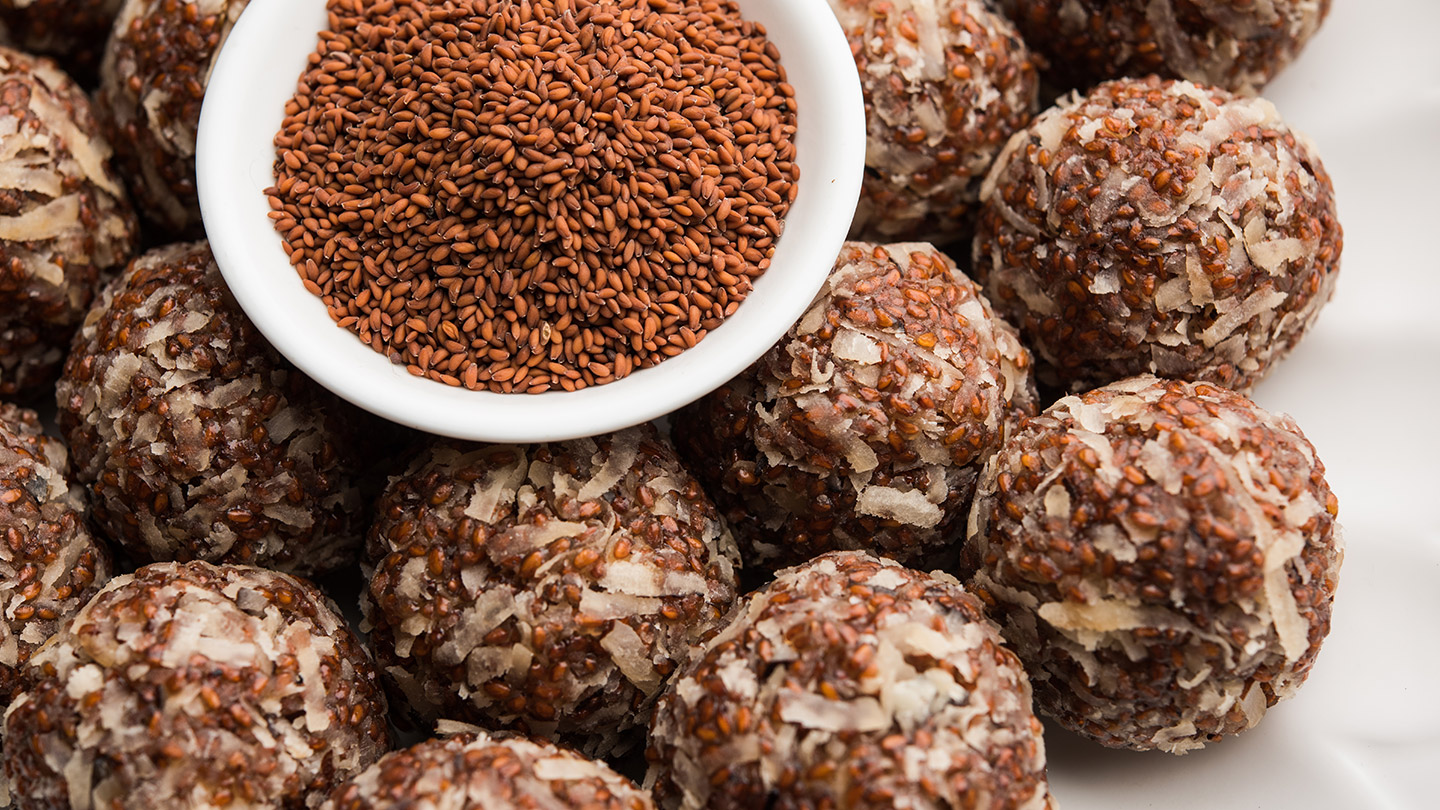Nutrition
Reality Of Matcha: What Lies Beyond The Trend
Learn what matcha actually is, the benefits and risks that the headlines don’t always explain. Also, learn how to choose and drink it safely.
.jpg)
Matcha is no longer just a niche wellness beverage. Google Trends shows interest in “matcha tea” up by nearly 60 per cent from August 2024 to August 2025. On social media, matcha has also become a visual favourite: with over 3.4 million posts with #matcha on Instagram in recent months. To keep up with the trend, everyone from major cafe chains to local stores included matcha lattes and drinks in their menus.
Clearing The Basics
Matcha is powdered green tea made from shade-grown Camellia sinensis leaves that are stone-ground into a fine powder. Because you consume the whole leaf (not an infusion), matcha delivers a much higher dose of the plant’s compounds, catechins (notably EGCG: Epigallocatechin-3-gallate), L-theanine, and caffeine in a single cup. That concentrated profile explains both the hype (antioxidants, calm alertness) and the downsides (more tannins, more caffeine, and a higher potential for contaminants).
Dissecting A Matcha Shot
- Catechins / EGCG: Powerful antioxidants often linked to metabolic and heart benefits. Matcha is richer in these than ordinary brewed green tea because you ingest the whole leaf.
- Caffeine + L-theanine: Matcha gives alertness with an often-reported smoother feel than coffee because L-theanine moderates the stimulant effect. Typical caffeine per gram ranges widely (roughly 19 to 45 mg/g), so a 2 to 3g serving can approach the caffeine in a standard cup of coffee.
- Tannins/polyphenols: These bind iron in the gut and can reduce iron absorption when consumed with meals. Because matcha is concentrated, the effect can be stronger when compared with a cup of normal brewed green tea.
Related Story: Matcha—Is it Really Worth the Hype?
What Viral Trends Often Miss
- Iron absorption
Tea polyphenols (tannins/catechins) inhibit non-heme iron (plant-based iron) absorption. According to the 2017 review “The Impact of Tannin Consumption on Iron Bioavailability and Status” published in Current Developments in Nutrition, single-meal studies consistently demonstrate that drinking tea with food can significantly reduce iron absorption. Case reports have even linked heavy green tea consumption to iron deficiency and anaemia.
Tip: Avoid matcha with iron-rich meals and pair iron sources with vitamin C to counteract this effect. - Liver risk from high-dose extracts
Research has shown that concentrated green tea extracts, which are high in EGCG, can sometimes cause liver injury. A 2023 study titled “Hepatotoxicity of Green Tea: An Update” (Acosta & Tanda, Nutrients) reported cases where high daily doses of EGCG, often from supplements rather than tea itself, led to elevated liver enzymes and liver damage in susceptible individuals. Intakes above 800 mg of EGCG per day were most often linked to liver toxicity.
Regular ceremonial matcha is far less concentrated, but consuming huge amounts (several grams daily, especially alongside supplements) may increase the risk. If you have liver disease or take green tea supplements, consult a doctor before going heavy on matcha. - Presence of Contaminants
Matcha tea is made from the whole leaf, which means it retains everything in the leaf, including any trace heavy metals (such as lead and cadmium) or pesticide residues that might be present. A 2016 study titled "Monitoring of Essential and Heavy Metals in Green Tea from Different Geographical Origins," published in Environmental Monitoring and Assessment, found that Indian teas had the highest leaching percentage for cadmium, around 43.8 per cent, while Chinese teas had the lowest at approximately 9.41 per cent. This indicates that the amount of heavy metals present in brewed tea can vary significantly depending on its origin. - Sleep + anxiety effects
Because caffeine content per cup varies with powder amount and grade, multiple servings a day can push you towards caffeine-related effects (insomnia, jitteriness, palpitations), especially if you drink other caffeinated beverages too. Recommended general caffeine ceiling for healthy adults remains ~400 mg/day; adjust down if you’re caffeine-sensitive.
Related Story: Five Antioxidant-Rich Floral Teas You Must Try This Winter
Matcha Tips: Shop The Right Way!
- Grade:
- Ceremonial: first harvest; softer, more umami; best for straight whisked tea.
- Culinary: stronger, more bitter; fine for lattes, baking, smoothies. Note: these labels are largely marketing outside Japan; quality varies by producer. Taste and texture matter more than the label.
- Origin & cultivar: traditional regions in Japan (Uji, Nishio, Kagoshima, Shizuoka, Yame) are known for high-quality matcha, but good producers can be elsewhere.
- Look for third-party testing/certificates: Prefer brands that publish lab reports for heavy metals, pesticides, and radiation (especially important for matcha from regions with known soil contamination). Request COAs (Certificates of Analysis) if uncertain.
- Organic vs conventional: Organic reduces synthetic pesticide use but does not guarantee zero heavy metals. Organic plus third-party contaminant testing is the best option.
- Colour & aroma as quick QC: vivid, bright green and a fresh, grassy aroma are signs of good chlorophyll and minimal oxidation, but colour alone isn’t proof of safety. Taste and trusted sourcing are the key.
- Avoid blends with fillers: true matcha should have a single ingredient: green tea powder. Avoid products that add sugar, milk powder or artificial colours if you want the pure product.
Related Story: Adaptogenic Matcha Tahini Latte
Matcha is a lovely, evidence-backed beverage: antioxidant-rich, calming yet alerting, and culturally rich. But its concentration is exactly why caution matters. Enjoy the green glass, but treat matcha like a potent botanical: pick reputable sources, don’t overdo it, separate it from iron-rich meals (or boost those meals with vitamin C), and avoid high-dose extracts without medical advice.
Related Story: Your Guide To Tea For Every Mood
At UR.Life Nutritional Counselling, we believe that personalised guidance is the key to lasting health and wellness. Our expert nutritionists tailor plans to fit your unique lifestyle, dietary needs, and fitness goals, empowering you to make mindful food choices every day. Whether you want to manage weight, boost energy, or improve overall well-being, UR.Life Nutritional Counselling is here to support you on your journey to a healthier, happier life. Join us to nourish your body and transform your habits with confidence.
EXPLORE MORE
Earthy, spicy, and brimming with nutrients, this vibrant chutney turns humble drumstick leaves into a flavour-packed side that elevates any meal.
Ever wonder why a simple pasta at a friend’s house can taste better than the one you make at home? The answer isn’t a secret recipe; it’s small habits chefs everywhere use every day. You can do it too!
Light, tangy, and packed with freshness, this simple yoghurt-based marinade transforms proteins, veggies, or even snacks into flavourful, guilt-free delights.
Tired and low on iron? This tiny, time-tested seed from your own kitchen packs a bigger punch than most supplements










.jpg)

